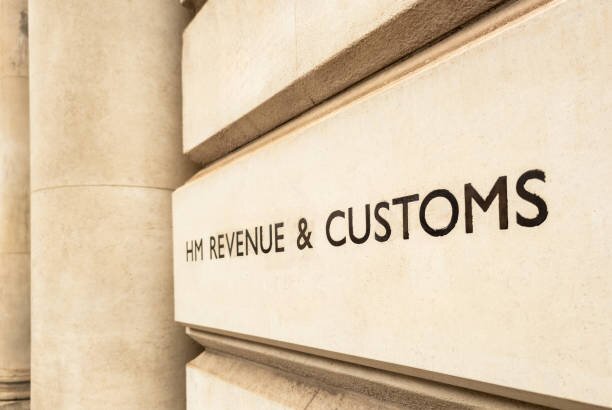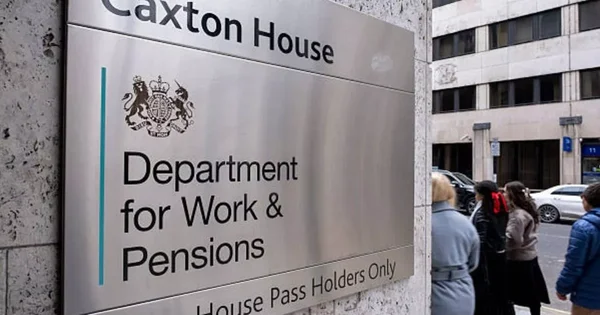HMRC confirms £50k MTD rule from 2026 and £30k from 2027
The UK’s tax system is undergoing its biggest shake-up in years, with Making Tax Digital (MTD) for Income Tax set to become compulsory from April 2026. At first, it will apply to landlords and sole traders with more than £50,000 in gross annual turnover, followed by those earning above £30,000 from April 2027.
Crucially, the threshold is based on gross income before expenses. That means a self-employed builder billing £60,000 a year, but spending £25,000 on materials, is still in scope – even though their taxable profit is closer to £35,000.
Tax experts warn that many households could be caught unprepared, particularly where multiple income sources – such as self-employment combined with rental income – push individuals over the limit. Making Tax Digital will become compulsory for sole traders and landlords with gross income over the thresholds. To better prepare, see our detailed guide on Making Tax Digital for sole traders and self-employed that breaks down the requirements clearly.
What is Making Tax Digital?
Making Tax Digital is HMRC’s flagship programme to modernise the UK tax system.
- It already applies to VAT-registered businesses.
- From April 2026, it extends to Income Tax for self-employed workers and landlords over £50,000.
- From April 2027, the threshold lowers to £30,000.
- HMRC has also signalled plans to eventually bring in those earning more than £20,000, though the timing has not yet been confirmed.
The idea is to improve accuracy, reduce paperwork and give HMRC near real-time insights into income.
Why turnover, not profit, decides eligibility
George Holmes, Managing Director at Aurora Capital, highlights a key misunderstanding
“From April 2026, anyone with more than £50,000 in combined turnover from self-employment or property will be required to comply with MTD for Income Tax. What’s often misunderstood is that this figure is calculated on gross income before expenses.”
That distinction matters for thousands of households.
- Landlords: Rental income is counted in full, even if mortgage payments or repairs cut net earnings.
- Small businesses: High material or operating costs don’t reduce the gross figure used to calculate eligibility.
Combining income streams
Another important detail is that different sources of income are added together.
For example:
- A freelancer with £45,000 turnover might believe they are exempt.
- But if they also collect £500 a month in rent, their combined gross income rises to £51,000, pushing them firmly into the regime.
This will catch many who assume “small” profits mean they don’t qualify.

What MTD compliance involves
Under MTD for Income Tax, affected taxpayers must:
- Keep digital records using MTD-compatible software.
- Submit quarterly updates of income and expenses.
- Provide an end-of-period statement each tax year.
This replaces the traditional single annual tax return. Under MTD, digital record-keeping and quarterly reporting become essential. For help navigating this process, check out our comprehensive step-by-step tutorial on how to fill in a Self Assessment tax return.
New penalty regime
Alongside MTD, HMRC has introduced a points-based penalty system:
- Each missed submission adds a point.
- Once you reach the penalty threshold, a fine applies.
- Points expire after two years of good compliance.
The system is designed to encourage consistent reporting rather than punish one-off mistakes, though repeated lateness will be costly.
Expert advice: prepare early
Holmes warns
“The risk is that many small traders and landlords assume they’re under the threshold because their profits are modest, when in reality their turnover makes them eligible next April. With penalties rising, it’s essential that people check their gross income now and not wait until the last minute.”
Getting set up with MTD-compatible software well before 2026 will give households time to adjust, reducing the risk of missing deadlines or facing penalties.

Final Summary
HMRC confirms new MTD turnover rules for 2026–2027.
From April 2026, landlords and sole traders with over £50,000 gross income must use Making Tax Digital. The scope widens in 2027 to £30,000, with plans to eventually capture those over £20,000. The key trap is that turnover, not profit, counts so modest earnings after expenses don’t necessarily keep you safe.
Households should check their combined income now, look into digital record-keeping, and be prepared for quarterly reporting to avoid unnecessary fines. HMRC is encouraging eligible taxpayers to sign up early for MTD through its pilot scheme. For official information on registration and guidance, visit HMRC’s Making Tax Digital for Income Tax Self Assessment page.









